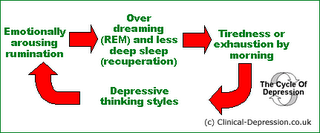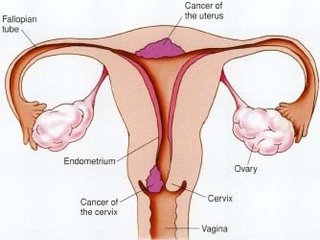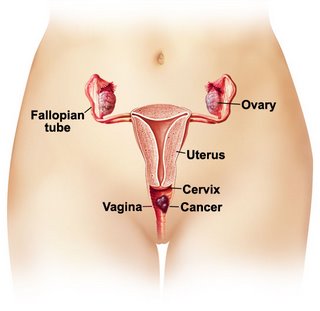Coming to terms with size and self
For more than six decades, Michael Berman has lived as a fat person. At 5 feet 9 inches, he has weighed as much as 207.5kg. He has been known to eat three racks of ribs at one sitting, or a 40-ounce steak, or a whole box of saltines. In 1986, after dropping a few pounds, he spent US$2,100(RM7,770) on three custom-made, pinstripe suits. By the time the suits were ready, 10 weeks later, they no longer fit. Eleven years after that he gave them away, having never worn them.
A highly successful political campaigner and Washington lobbyist, Berman, 66, doesn't deny the dangers of fatness or the urgency of encouraging people to exercise and eat healthier. He acknowledges that with 60% of the US population overweight or obese, being fat has serious consequences for the health of individuals and the economy. He'd like to see resources used for a public education campaign similar to that for smoking and seatbelt use.
But forget the notion that fat people can become slim, he says in a new book that is part memoir, part self-help book. They can and should, manage their weight. They can, and should, find an exercise programme they can stick with. But fat adults will always be fat. They are in the grips of a disease over which, in the end, they do not have complete control.
“The idea that you can slim doen by willpower is a bunch of horse manure,” he says. If “nonfat” people could be convinced of this, perhaps they'd start relating better to fat people.”
He is comfortable with being different, now. But he has suffered through countless weight swings, 20 diet programmes, a kidney infection and knee surgery. It has taken eight years of counselling, the careful attention of a personal trainer/nutritionist, and his wife's sustained support to get to that place.
Berman first realised he was not just husky but really fat when, at 13 about 170 pounds, he was in the shower of the boy's locker room after gym. A boy grabbed his chest, saying he wanted to know what it felt like to touch a girl's breast, Berman recalls in Living Large:A Big Man's ideas on Weight, Success and Acceptance, written with Laurence Shams. That was just one of thousands of indignities he would encounter or bring upon himself.
One afternoon in law school, reading in a wooden armchair, he started to get up only to realise he was stuck. “My hips were captured; my bottom stayed glued to the chair and the whole thing lifted up with me as i tried to stand,” he writes. “ I felt all eyes on me,” and decided to play the clown. “Still crouched over, taking small, constricted steps, I carried (the chair) across the room, somewhat like a turtle with its shell, and sat down once again.
Today he winces at all the times he played the jolly fat man: leading college cheerleaders onto the football field by pedalling a miniature girl's bike, playing Santa Claus at White House Christmas parties. Perhaps such experiences were why he could ignore the advice of a friend who tried to steer him away from writing a book about his fatness, saying it would be “undignified”.
As a teen, Berman realised that to be taken seriously and make something of his life, he would have to develop talents. His parents taught him ballroom dancing-the first thing, he writes, that his rotund body was good at. He managed his first political campaign in junior high for a girl running for student council president. She lost, but he learned he could succeed in politics behind the scenes. He didn't need to be cute, just hardworking, shrewd and resourceful.
Life together with his wife Carol has been good, although Carol had to make a couple of what she Calls”accommodations”. The hardest for her was being unable to have children. A fertility specialist told the couple that his sperm count might be a factor; fat men tend to haver a lower number.
In 1998, he started jotting down thoughts and memories about being fat with the idea of writing a book someday. The exercise became an obsession. He read scientific reports and researched cultures of the past in which fatness was considered a symbol of wisdom, serenity and wealth.
He read that for some people, fatness is genetic. But that wasn't true for him, so he began to develop his own theory.
The easy answer, of course, is that fat people take in more calories than they burn. Then it gets more complicated, he writes. Each person's metabolism is different. He , his sister and his parents all ate a lot of his mother's delicious cooking and none exercised much. But he was the only one who got fat.
Emotions play a role, too. From age four, he sneaked food into his bedroom. “Something was driving me,” he writes, “something that was beyond the reach of willpower, outside the realm of reason.”
he and his psychologist came to believe his compulsion started partly as a reaction to his mother. She showed her affection by cooking rich meals and he showed his affection by eating lots of it. As he got heftier in early adolescence, she started withholding food and he ate as a way of asserting his emerging will.
Eventually he had to admit that he was an addict. But unlike alcoholics or drug users, he couldn't go cold turkey: “The most difficult thing about a food addiction is that you can't give up food.”
he pulls out a tiny notebook in which he records his daily food intake and exercise. On one day, suddenly: 4,465 calories.
What happened that day? He couldn't resist the chocolate cake at a dinner party. “I ate probably eight ounces of chocolate,” he admitted. “But i don't beat myself up anymore. I knew I'd be heavier the next morning so the next couple of days I'd be careful.”
a couple of years ago, he wouldn't have been so sanguine. But if there was one thing he had learned in writing his book, it was this : “Managing fatness means accepting ourselves as who we are....in short, learning to live a full and satisfying life at whatever weight and size we happen to be.”


 Sexy Lingerie shop
Sexy Lingerie shop







